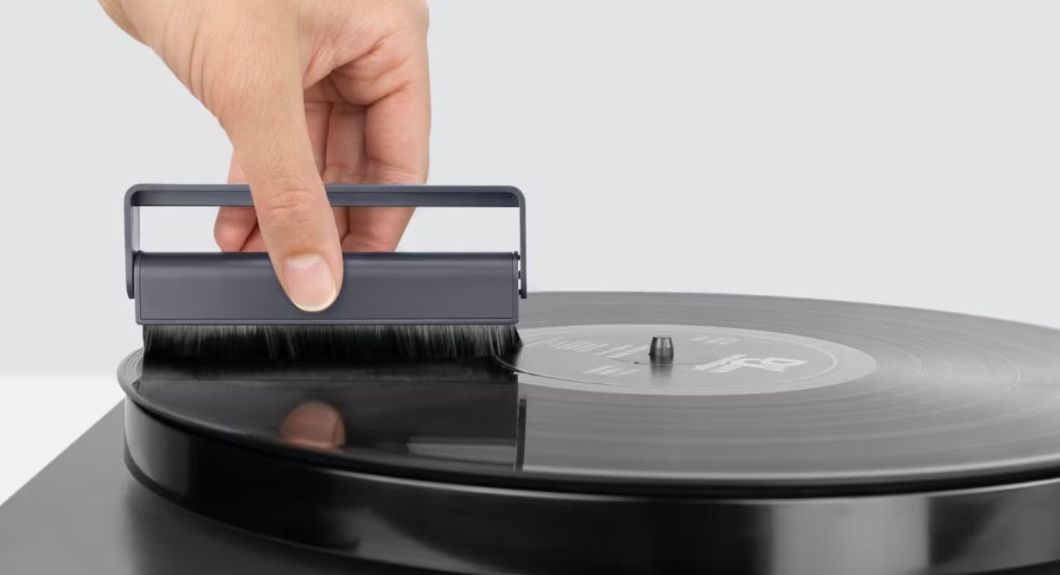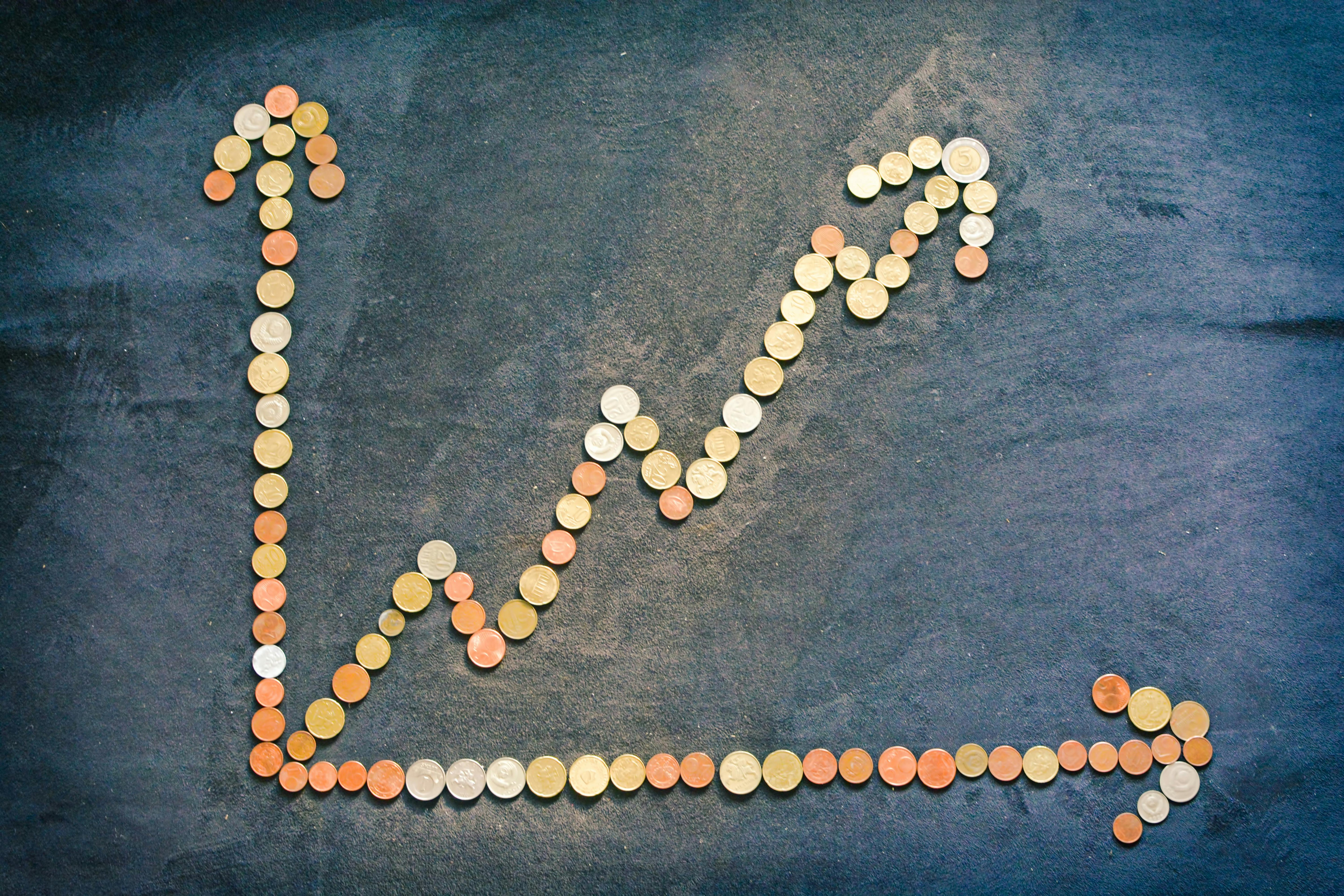The vinyl revival has brought joy to music lovers, but it’s also opened the door to counterfeiters looking to cash in on rare and collectible records. For buyers—whether you’re hunting for a vintage Beatles pressing or a limited-edition Radiohead LP—knowing how to spot a fake vinyl record is crucial to avoid overpaying for a dud. This guide breaks down the telltale signs of a counterfeit, arming you with the tools to shop smarter and protect your collection.
Why Fakes Are a Problem
Counterfeit vinyl ranges from bootlegs (unauthorized pressings) to outright forgeries mimicking high-value originals. With auction prices soaring—think $1 million for a Beatles White Album—and demand outpacing supply, fakes flood online marketplaces, thrift stores, and even reputable shops. Spotting them saves you money and preserves the integrity of your turntable spins.
1. Check the Packaging
The sleeve is often the first clue:
- Artwork Quality: Original record sleeves have sharp, vibrant printing. Fakes may show blurry images, pixelation, or off-colors—like a faded Pink Floyd prism or a misaligned Rolling Stones logo. Compared to verified photos online.
- Font and Text: Look at the spine, back cover, and label credits. Counterfeits often use slightly different fonts or spacing. For example, a legit Led Zeppelin IV has precise Atlantic Records branding—fakes might skew the kerning.
- Cardstock and Finish: Authentic sleeves feel sturdy with a slight texture. Cheap fakes use flimsy, glossy paper that creases easily.
- Barcodes or Errors: Modern barcodes on a supposed 1960s LP? Red flag. Typos or missing catalog numbers also hint at a knockoff.
2. Inspect the Vinyl Itself
The record can reveal a lot under scrutiny:
- Weight and Feel: Vintage vinyl (especially pre-1970s) is often heavier—around 180 grams—while fakes might feel thin or plasticky. Hold it up; legit LPs have a solid heft.
- Color and Clarity: Colored vinyl is trendy, but counterfeits may have uneven dye or bubbles in the pressing. Black vinyl fakes might look too shiny or lack the subtle sheen of an original.
- Runout Grooves: Flip to the dead wax—the etched area near the label. Authentic records have matrix numbers, pressing plant codes (e.g., “P” for Pitman), or handwritten notes. Fakes often skip or copy these sloppily—check for uniformity with known originals via Discogs.
- Sound Quality: Play it if you can. Bootlegs often sound flat or muddy due to low-quality sources, like rips from CDs rather than master tapes.

3. Verify the Label
The center label is a counterfeiter’s weak spot:
- Design Details: Compare the label to verified images. A fake Capitol Records pressing of Sgt. Pepper’s might miss the rainbow rim or use the wrong shade of yellow.
- Print Quality: Originals have crisp, clean text. Fakes might show ink smudges, misalignment, or pixelated logos.
- Paper Texture: Authentic labels are often slightly raised or matte. Shiny, sticker-like labels scream counterfeit.
4. Research the Release
Knowledge is your best defense:
- Catalog Numbers: Cross-check the number on the sleeve and vinyl with official discographies (Discogs or vinylhub.com). Fakes might use made-up or mismatched codes.
- Pressing History: Some records were never pressed in specific formats. A “1970s” Nirvana LP? Impossible—they debuted in the late ‘80s. Know your artist’s timeline.
- Regional Variants: Labels differ by country. A U.S. Elvis single on RCA Victor won’t match a German pressing—fakes often mix these up.

5. Smell the Deal
Sometimes it’s about the transaction:
- Price Too Good to Be True: A $20 copy of Prince’s Black Album (worth thousands)? Skepticism is warranted—research market value on eBay’s sold listings or Reverb LP.
- Seller Reputation: Check feedback on platforms like eBay or Discogs. Vague descriptions (“unsure if original”) or no return policy are red flags.
- Source Story: Dig deeper if a thrift store seller claims it’s a “rare find” but can’t explain its origin. Provenance matters with high-value LPs.
Tools to Help
- UV Light: Shine it on the sleeve—modern inks fluoresce differently than vintage ones.
- Magnifying Glass: Inspect fine print or groove etchings for sloppy replication.
- Community Input: Post pics on forums like Steve Hoffman Music or Reddit’s r/vinyl for expert eyes.
What to Do If You Suspect a Fake
- Ask for close-up photos (sleeve, label, runout) before buying online.
- Test-play if possible—poor sound quality is a dead giveaway.
- Return it if you’re duped—most platforms side with buyers on counterfeits.
Final Groove
Spotting a fake vinyl record takes a keen eye, a bit of research, and a healthy dose of skepticism. From blurry sleeves to dodgy runouts, the signs are there if you know where to look. Arm yourself with this buyer’s guide, and you’ll confidently navigate the vinyl market—keeping your collection authentic and your turntable spinning true. Happy hunting!





Leave a comment
All comments are moderated before being published.
This site is protected by hCaptcha and the hCaptcha Privacy Policy and Terms of Service apply.